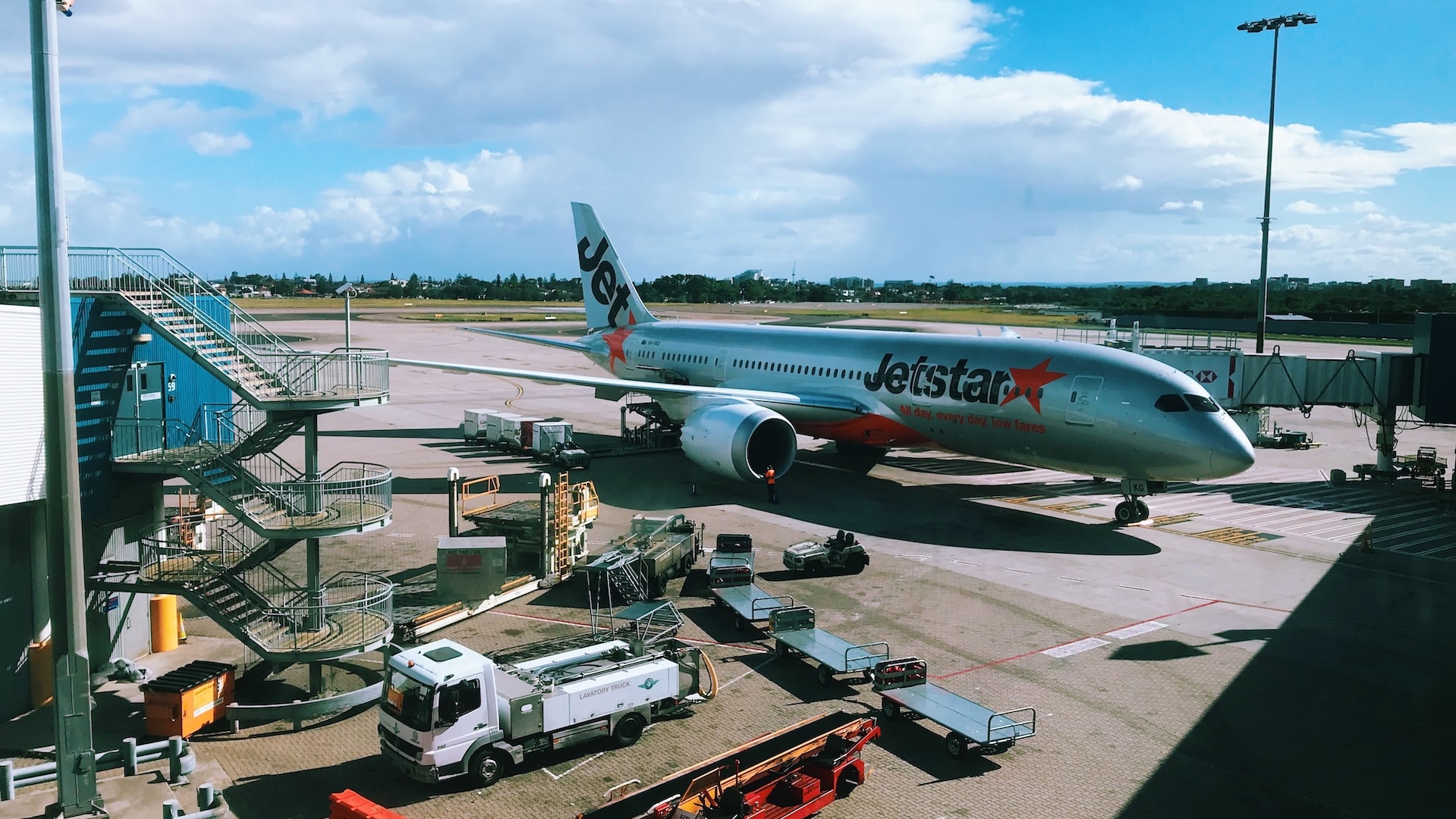
Sydney Airport Embraces Immersive Learning
Immersive Learning is a training method that simulates real-world scenarios that can be applied to train employees in a safe and engaging environment. This approach combines the sense of presence provided by Virtual Reality (VR) with advanced learning theory, data science, and spatial design to improve engagement and knowledge retention.
Sydney Airport wanted to streamline their airside safety induction training. Traditionally, airside safety is conducted in a classroom with a Q&A test. The training is important to familiarise contractors with the airside driving rules and understand the responsibilities required to maintain a high level of safety. This includes major elements of airside safety and hazards that an individual may encounter.
Learning environments must be designed to ensure that the learners’ needs are accounted for. This is where cognitive learning strategies come into play–strategies that encourage learners to process information more deeply, transfer and apply that information to new situations, and increase retention of that information. When an immersive learning course is designed properly, these cognitive learning principles are applied.
Real Scenarios Application in Immersive Learning
Creating a deeper experience of real scenarios (not simulated) can be far more challenging. The implementation of training in virtual environments is a mix of cognitive strategies, learning data, and instructional design principles packaged into effective VR modules.

We designed the induction scenarios based on three main topics from the airside safety checklist. A driving instructor guides the learner and points out the hazards. Contractors are not allowed to drive on the airside until they complete the induction course, but they get to experience the real sights and sounds of being on the airside. Recreating the same environment allows contractors to master dangerous tasks in a safe and controlled environment with the consequences and hazards of making a mistake.

A brief overview of our Immersive Learning development process:
| STEP 1: | Identify business objectives, target audience and map to learning objectives |
| STEP 2: | Construct a curriculum outline including but not limited to: introduction, modules or lessons, real-time assessments and actions |
| STEP 3: | Prepare storyboard and scripts with important details like transitions between locations, interactive hot spots and user journey flow |
| STEP 4: | Production includes filming (usually at our client’s space) and any voice over recording |
| STEP 5: | Post-production ties everything together from stitching 360 content, editing, voiceover and scene exploration buttons |
| STEP 6: | Load content into hardware (headsets), test each module on hardware and lastly train the trainer to facilitate the learning sessions |
Our team loved the outcome of safety training course, it was very impactful in capturing the driving scenarios.
– Shannen, Learning & Capability Manager, Sydney Airport
Watch a non-interactive version of the training video below.
Leading brands and government agencies across Asia choose us for their video production services. Looking for a more detailed quote, or just want to discuss great video ideas? Picture Perfect Productions is a full-service production house. Drop us a line here and we’d love to help you out!







